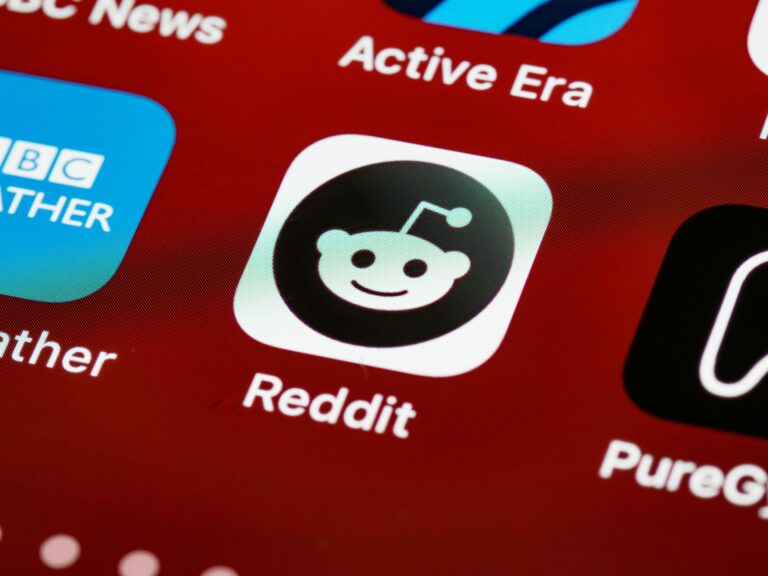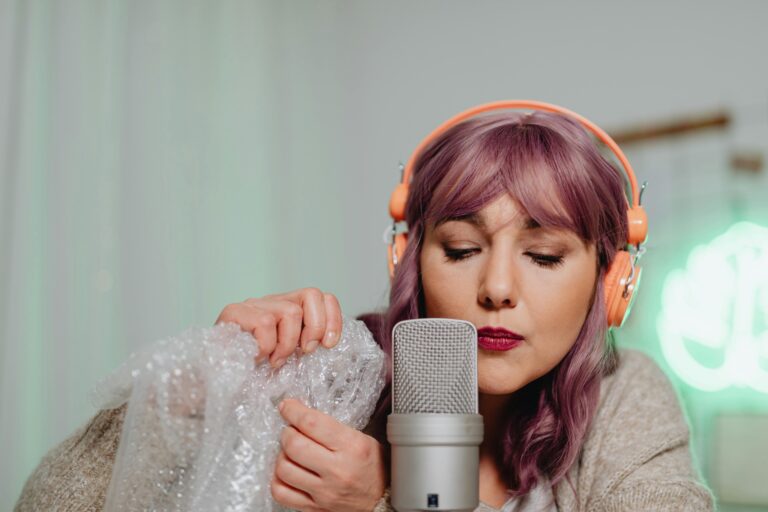
In an era where attention spans are short and ad fatigue is real, brands have turned to unexpected sensory experiences to stand out. Enter ASMR advertising—a marketing technique that taps into the tingling, calming sensations of Autonomous Sensory Meridian Response to captivate audiences. While ASMR was once confined to niche YouTube videos, it has now entered the mainstream as a powerful branding tool.
In this post, we’ll look at five top U.S.-focused campaigns that brilliantly leveraged ASMR in their advertising, what made them work, and how sensory marketing is changing the game.
What is ASMR and Why Does It Work in Advertising?
Before diving into the ads, it’s worth understanding why ASMR has such marketing potential.
ASMR refers to a tingling sensation typically triggered by soft sounds like whispering, tapping, or brushing. For many, it’s deeply soothing—and when brands use these triggers thoughtfully, they can create intimate, immersive ad experiences that forge emotional connections and increase brand recall.
According to a report by HubSpot, consumers exposed to ASMR content in marketing were more likely to engage with the brand and remember the product. The emotional, sensory nature of these ads can cut through the noise—literally.
Also Read : Top 10 Marketing Facts That Don’t Add Up
1. Michelob Ultra Pure Gold – “The Pure Experience”
During the 2019 Super Bowl, Michelob Ultra dropped a surprising, whisper-filled spot featuring actress Zoë Kravitz. In a tranquil Hawaiian landscape, Kravitz taps a beer bottle, gently whispers into a high-quality microphone, and slowly pours the drink—emphasizing its purity and organic ingredients.
This ad was a turning point. It brought ASMR advertising to a massive audience, proving that even during a high-octane event like the Super Bowl, quiet can win. It matched their product messaging—calm, clean, and health-forward—perfectly.
Continue reading…
Coming up: How luxury and fast food brands are using ASMR to appeal to younger audiences. Don’t miss the McDonald’s twist!


